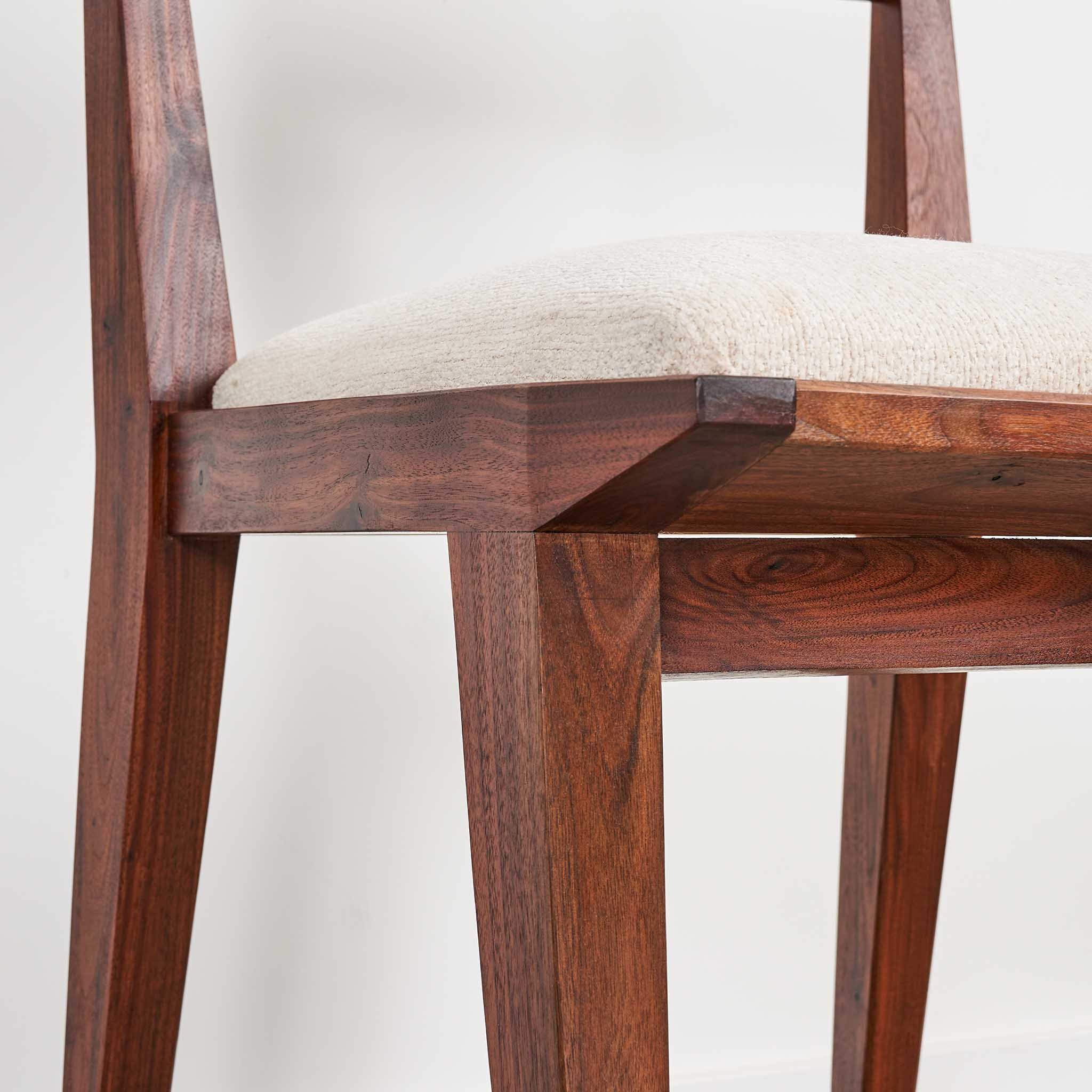Timber
Timber, an artisan with a discerning eye for craftsmanship, has developed a deep appreciation for everyday objects that possess a remarkable quality. In recent years, their attention has been drawn to those rare finds that have the power to alter one's perspective, mood, and even worldview. These objects, meticulously crafted and thoughtfully designed, serve as a testament to the profound impact our surroundings can have on us.
Timber's artistic journey is an ongoing exploration, an endeavor to uncover the magic inherent in everyday objects. By delving into the art of craftsmanship, they aspire to create a body of work that not only reflects their own artistic vision but also challenges the prevailing norms of our mass-produced world. Through their creations, Timber invites us to reimagine our relationship with objects, encouraging us to seek out and celebrate those that possess a genuine and lasting sensibility.
Background
Originally from Miami, Timber's early passions were botany and farming. Inspired by a move to San Francisco, they studied landscape architecture and gained extensive experience in Northern California working on various projects, from ecological restoration to agriculture. However, after focusing on designing functional spaces for others, Timber decided to pursue personal projects.
Relocating to Western Sonoma County, Timber collaborated with organic farmers and developed Foxhole Farm, a small-scale agricultural and community experiment thriving for 12 seasons. Beyond farming, Foxhole Farm has become a symbol of homesteading and sanctuary.
Through this journey, Timber discovered a passion for furniture making and attended the Krenov School to further develop their skills. Now, Timber spends time pursuing artist residencies and traveling, deepening their connection with creativity and the natural world.
“Working in wood is an opportunity to solve material problems. I look for what needs a solution and try to find the most graceful resolution I can.”
What did you do before you discovered the world of woodworking? I was a landscape architect, farmer and founder of an organic produce distribution company.
That sounds fun, tell us more. Scale is everything. Whether you are working on a chair or the design of a single site, a neighborhood or a regional food distribution network—what matters is the relationship between the individual and the space. I want to more deeply understand the essence of the materials, shapes and forms of the things that comprise our lives. And everything I have done in my many careers has essentially been in pursuit of this.
For a long time I was consumed with how large spaces held and supported human activity. I was driven by a desire to ameliorate the tension between built and natural environments. I remain curious about how we resolve this tension, and after much examination at a variety of scales I think the answer has something to do with materiality. For this reason, over and over again, I choose wood. It’s an ideal bridge between the two spheres of our planetary existence—found in abundance in both native and built environments. It is malleable to the point of total abstraction but also answers something of a primitive need or desire in us.
How did you get into woodworking? I needed a dining room table… and still haven’t made it yet. It's on the list!
Where did you really learn the craft? At the Krenov School. I knew that although I had been building ‘stuff’ for a while, I didn't have the refined skills to manifest many of my ideas. I was fortunate to find the school—I’m not sure another institution would have been able to help me develop the grace to make the way I have since I studied there.
How do you decide what to make? Working in wood is an opportunity to solve material problems. I look for what needs a solution and try to find the most graceful resolution I can. This essentially becomes a study in constraints—how much time, how much material, how much space, what tools are available. It's my favorite kind of puzzle.
Why do you make? In recent years I have become attentive to everyday objects—every now and again encountering one so well crafted that it changes my perspective, my mood and my worldview. We are a product of the places we inhabit and a reflection of the things in them. I want to understand why some objects are imbued with an effortless sensibility, and others remain nothing but cold reminders of the mediocrity of the mass consumptive society that dominates much of the world today.







